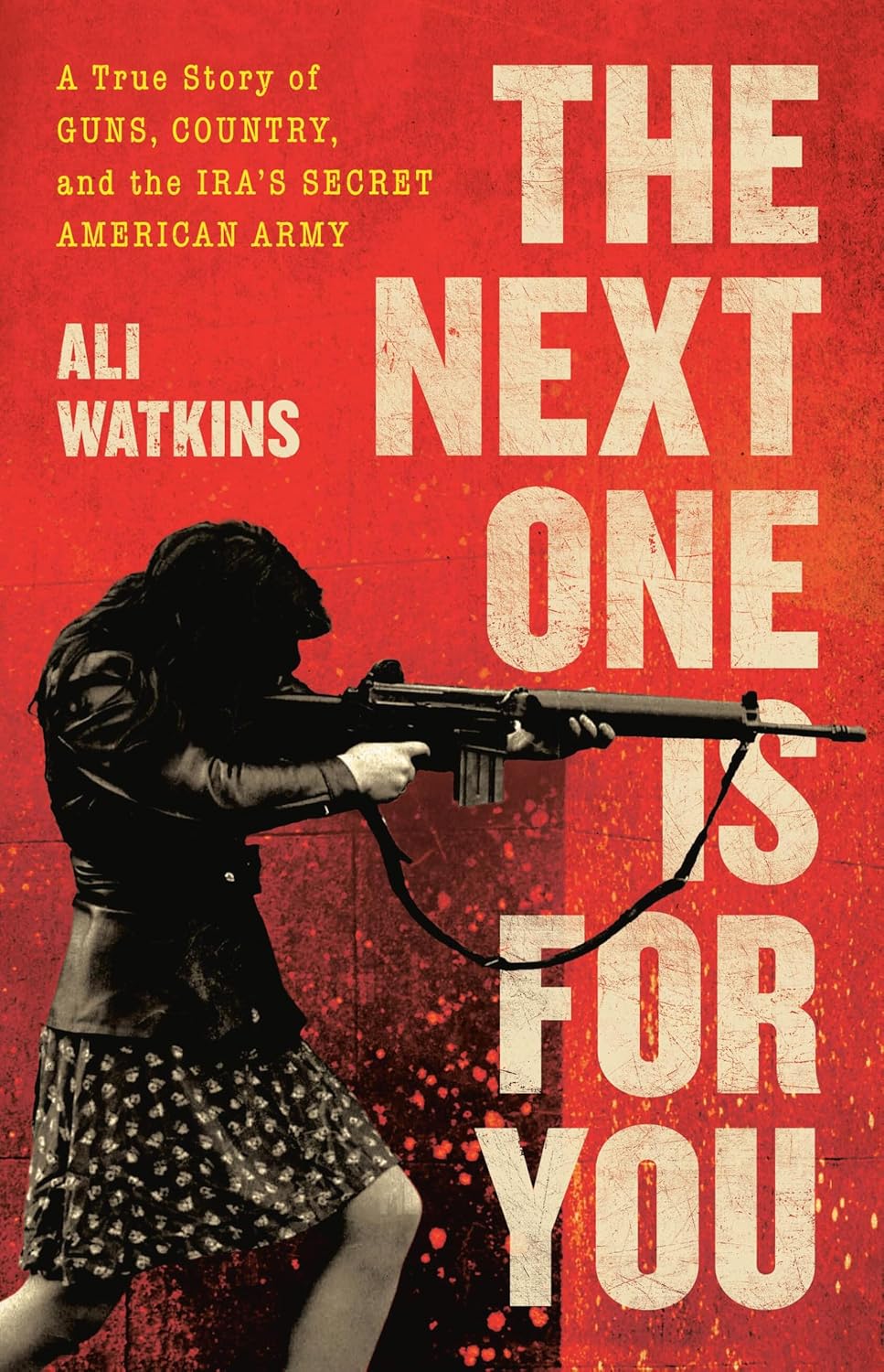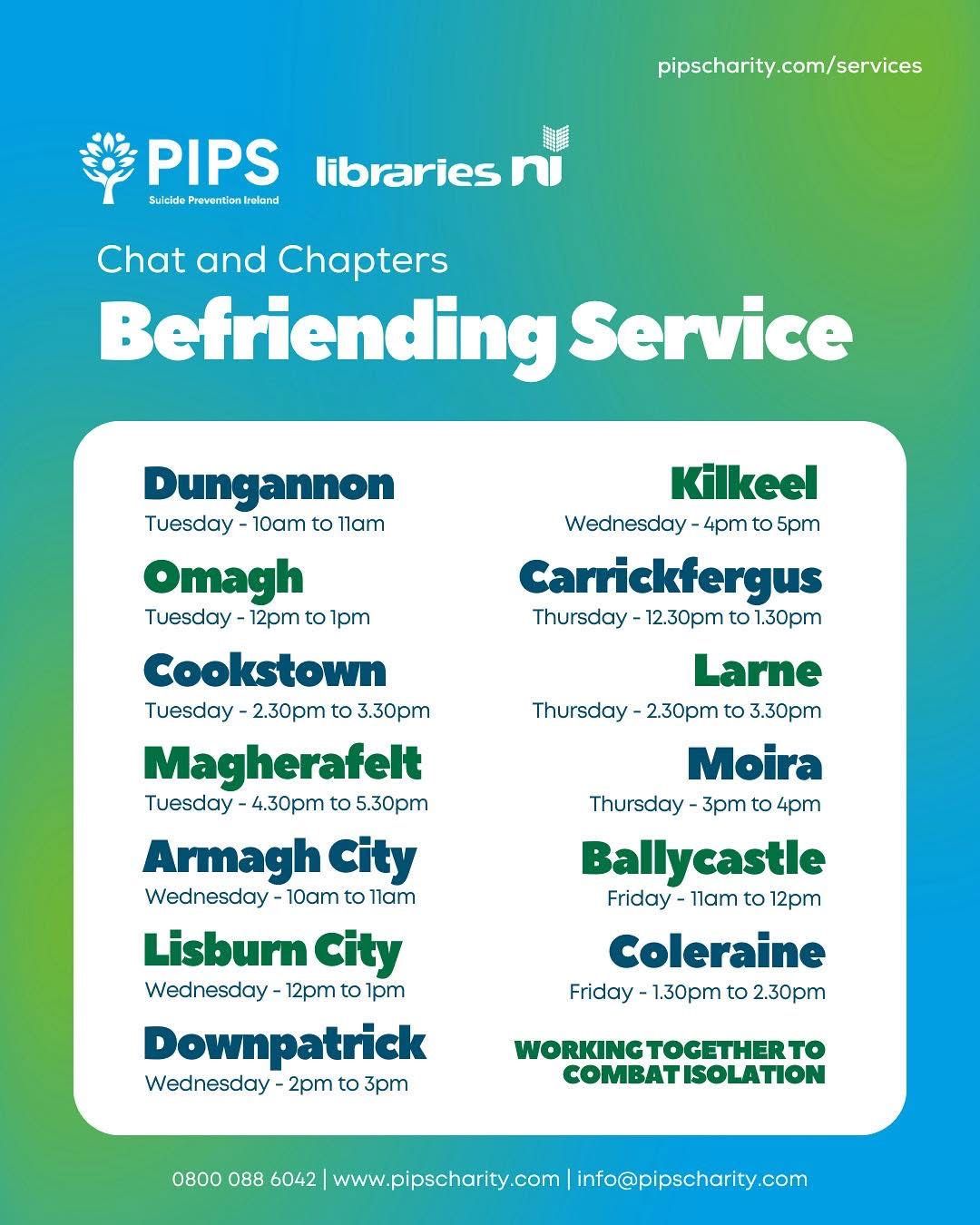The story of Irish America’s role in the Troubles is too often told from the perspective of New York or Boston. The Next One Is for You, by Ali Watkins, is a gripping account of how a group of working class Irish-Americans in Philadelphia procured and shipped weapons to the Provisional IRA in the early 1970s.
In his 1987 book, The American Connection: U.S. Guns, Money & Influence in Northern Ireland, Belfast-born journalist and longtime columnist for the Irish Echo, Jack Holland, tells the tale through the New York lens of George Harrison. Not to be confused with the ex-Beatle, George Harrison shipped some 2,500 guns to Northern Ireland over the years, while the so-called “Philadelphia Five” sent an estimated 300–400 rifles. Though smaller in scale, Watkins demonstrates how their commitment was just as fierce and their contribution impactful.
Consisting of Vince Conlon, Neil Byrne, Danny Cahalane, Dan Duffy and Thomas Regan, the “Philadelphia Five” were indicted publicly just before Christmas, 1975. Only Byrne, Cahalane and Duffy were arrested since U.S. authorities were unable to compel the appearances of Vince Conlon and Thomas Regan, having returned to Ireland years earlier. After the trial lasting three weeks, on June 21, 1976, the jury found Danny Cahalane and Neil Byrne guilty of illegally exporting hundreds of weapons from Philadelphia to Northern Ireland, sentencing each to one year in jail. Dan Duffy was acquitted on all charges.
Having spent three years meticulously researching and writing this book, Watkins conducted over a hundred interviews in both the United States and Ireland. She examines the support networks in America that sustained Irish republicanism, including groups like Clan na Gael and NORAID, showing how old-fashioned Irish neighborhood bars and fraternal organizations created the channels through which money and weapons could move.
A man whose commitment and connections shaped much of the activity of the early 1970s, Vince Conlon stands out, in particular, as the leader of Clan na Gael in Philadelphia. Watkins gained access to his private papers and examined the extensive court case files obtained through Freedom of Information Act requests. On Dan Duffy, she reports a small circle of insiders believing him to be an FBI informer. Watkins does not ignore the appalling conduct of the British Army, describing in gruesome detail the raids, beatings, and tactics that punished whole communities. She stops short of romanticizing gunrunners, but makes a sympathetic case of the men and women who believed they were aiding a just cause, despite actions intensifying a cycle of violence that has left generations scarred.
Replete with FBI raids, hidden compartments, and coded meetings, the political history often reads like a thriller. In the early chapters, Watkins makes the necessary effort on behalf of the novice reader to rehash the basic history of the Troubles, aided by a volume of context-rich footnotes, which the more informed reader can perhaps bypass.
But then through her own discoveries and observations via the interviews, newspaper reporting, court records, FOIA documents, and Conlon’s papers, Watkins sheds new light from new angles. Among the more vivid episodes capturing the conflict’s transatlantic reach is the journey of a Philadelphia-bought rifle followed to West Belfast, where teenager Geraldine Crawford was one of the first women to participate in an IRA mission during the Troubles. Before she had even discharged the weapon, she was shot in the leg by a British soldier.
Having grown up near Reading, Pennsylvania, about an hour’s drive from Philadelphia, and graduated from Temple University, Watkins brings her personal ties to the story. My own great-great-grandfather landed in Philadelphia in 1846, so I felt a close affinity to her great-grandfather’s arrival in Philadelphia in 1922.
In the spirit of full disclosure, I marched on picket lines with Vince Conlon and Neil Byrne as a Penn Law student in the early 1970s. Having drank with them at the Commodore Barry Irish Center in Northwest Philadelphia, I can attest to the veracity of her depictions of their character. I even had the pleasure of visiting Vince at his home in Monaghan, where he showed me the hidden compartment in his car that had moved guns to the North.
My father landed in Normandy on June 9, 1944—D-Day plus 3—and always referred to British troops as the best and the bravest. So it was disconcerting to read that, thirty years later, their successors in Belfast employed methods serving as the best recruiting tool for the IRA.
In contrast to other recent publications on the Troubles, such as Patrick Radden Keefe’s Say Nothing, Watkins’s approach is distinguished by its American perspective. Whereas Keefe uses the abduction and murder of Jean McConville in Belfast as his lens, Watkins shows how decisions made in Philadelphia bars and union halls rippled across the Atlantic. This book gives Philadelphia its belated due. If the role of regular Irish-Americans in the Troubles interests you, The Next One Is for You is indeed the next one for you.
The Next One Is for You: A True Story of Guns, Country, and the IRA’s Secret American Army
By Ali Watkins




